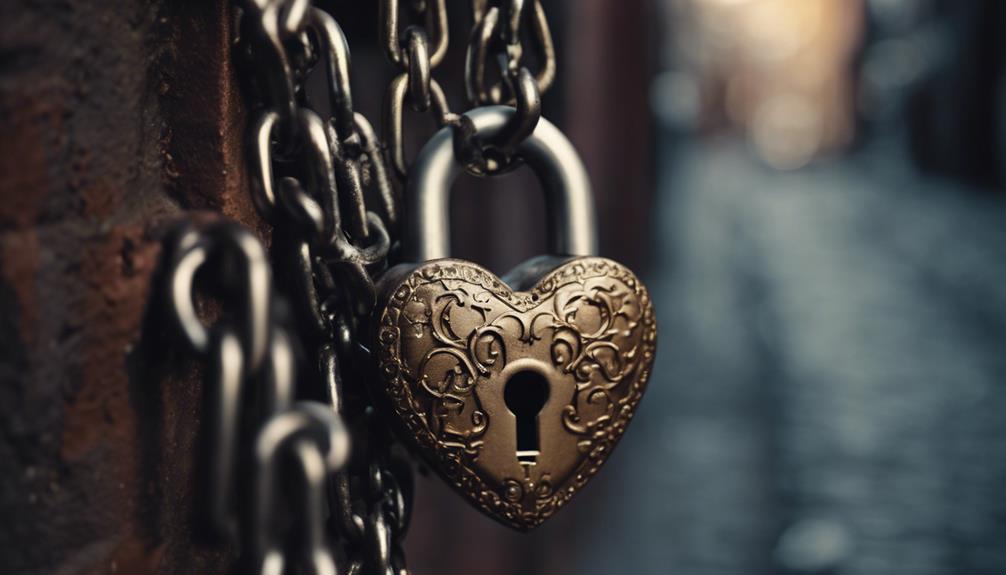When you apologize in a business setting, combine sincere words with mindful non-verbal cues like eye contact, a genuine tone, and open body language to show true remorse. Be aware that cultural differences impact how gestures and expressions are perceived, so tailor your non-verbal signals accordingly. Authenticity is key—when your words match your body language, your apology comes across more convincingly. To strengthen your approach and understand more subtle cues, continue exploring effective apology techniques.
Key Takeaways
- Combine verbal expressions of apology with appropriate non-verbal cues like eye contact and a sincere tone.
- Be culturally aware to ensure gestures and language align with the recipient’s cultural expectations.
- Use genuine body language—such as a nod or open posture—to reinforce your words of apology.
- Pay attention to subconscious signals that convey true remorse beyond spoken words.
- Tailor your apology approach to the context, showing respect and understanding through both language and body language.

When it comes to fixing mistakes and healing relationships, understanding apology languages can make all the difference. Recognizing that people express and receive apologies differently helps you deliver sincerity in a way that resonates. One of the most subtle yet powerful aspects of apology language involves non-verbal cues. Sometimes, words aren’t enough, and your body language, facial expressions, or gestures can communicate regret more effectively. A genuine look of remorse, a quiet nod, or a sincere hug can all convey accountability when spoken words fall short. These non-verbal cues often hold more weight than words because they reflect your true emotional state, reducing doubts about your sincerity. However, it’s important to remember that non-verbal cues can be misunderstood, especially across different cultures. Cultural differences influence how gestures are interpreted—what might seem like a heartfelt apology in one culture could be seen as insincere or inappropriate in another. For instance, maintaining eye contact is a sign of honesty in many Western societies, but can be considered confrontational or disrespectful in some Asian cultures. Similarly, touching someone might be comforting in one context but intrusive in another. Being aware of these nuances ensures your non-verbal signals support your words rather than undermine them. To navigate this, pay attention to the person’s cultural background and observe how they typically communicate remorse. If you’re unsure, it’s often best to combine non-verbal cues with verbal acknowledgment, such as saying, “I’m truly sorry,” while maintaining open, respectful body language. This dual approach can bridge cultural gaps and demonstrate genuine remorse. Also, consider that non-verbal cues are often subconscious; they reveal your true feelings even when your words are guarded. By aligning your body language with your verbal apology, you reinforce your sincerity and build trust. Remember, the key is authenticity—people can usually tell when your non-verbal signals are genuine or fake. Being attentive to cultural differences and adjusting your non-verbal communication accordingly shows respect and empathy, making your apology more impactful. Additionally, understanding non-verbal communication can help you interpret the unspoken feelings of others and respond more effectively. When you understand these nuances, you not only apologize more effectively but also foster stronger, more respectful relationships. In essence, mastering non-verbal cues, while being mindful of cultural differences, allows your apology to transcend language barriers and communicate true remorse. It demonstrates that you value the other person’s feelings and are committed to making things right. This approach can turn a simple apology into a meaningful step toward healing and connection, strengthening your relationships in the process.
Frequently Asked Questions
Can Apology Languages Change Over Time or With Circumstances?
You might wonder if apology languages change over time or with circumstances. They do, thanks to evolving expressions and situational flexibility. As your relationships develop or situations shift, your way of expressing remorse adapts to fit new dynamics. This flexibility helps guarantee your apologies feel genuine and appropriate, making it easier to repair trust and maintain connections. So, stay open to adjusting your apology approach as circumstances and your understanding grow.
How Do I Identify My Own Apology Language?
Think of your apology language as a personal compass guiding your heartfelt apologies. To find it, engage in personal reflection and develop emotional awareness—notice what truly makes you feel understood and valued when someone says sorry. Do you crave words of affirmation, actions, or perhaps a heartfelt hug? Identifying this helps you express remorse authentically, making your apologies resonate deeply and strengthen your relationships.
Are Apology Languages Culturally Universal or Specific?
You might wonder if apology languages are universal or shaped by culture. Cross-cultural differences in apology customs show that what’s seen as a sincere apology varies widely. In some cultures, public gestures matter more, while others prioritize words or gifts. So, understanding these cultural nuances helps you adapt your apology, ensuring it’s respectful and effective across different settings, avoiding misunderstandings rooted in cultural expectations.
What if My Apology Isn’T Accepted Despite Using the Right Language?
If your apology isn’t accepted, you might feel frustrated, but remember that the forgiveness process varies for everyone. Keep showing genuine remorse and patience, allowing emotional healing to happen naturally. Sometimes, acceptance takes time, and forcing it can harm the relationship. Focus on understanding their feelings, and trust that with time, they’ll decide when they’re ready to forgive and move forward.
Can Understanding Apology Languages Improve Workplace Relationships?
Understanding apology languages can profoundly improve workplace relationships because it enhances apology sincerity and deepens emotional impact. When you recognize how colleagues prefer to receive apologies—whether through words, actions, or gestures—you communicate more effectively, show genuine remorse, and foster trust. This awareness encourages healthier interactions, reduces misunderstandings, and builds a supportive environment where everyone feels valued and respected, ultimately strengthening your professional bonds.
Conclusion
Understanding apology languages is like finding the key to a locked heart—you open genuine connection and healing. When you tailor your apologies to your loved ones’ unique styles, you create bridges instead of walls. Remember, a sincere “I’m sorry” spoken the right way can be the soothing balm that mends even the deepest wounds. So, choose your words wisely and watch as your relationships blossom like flowers after a gentle rain.









